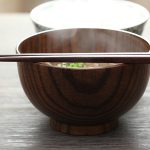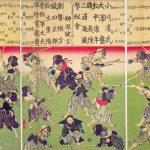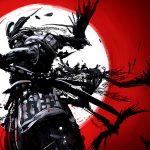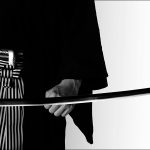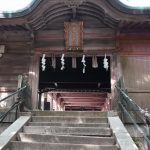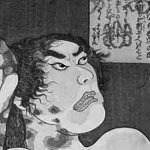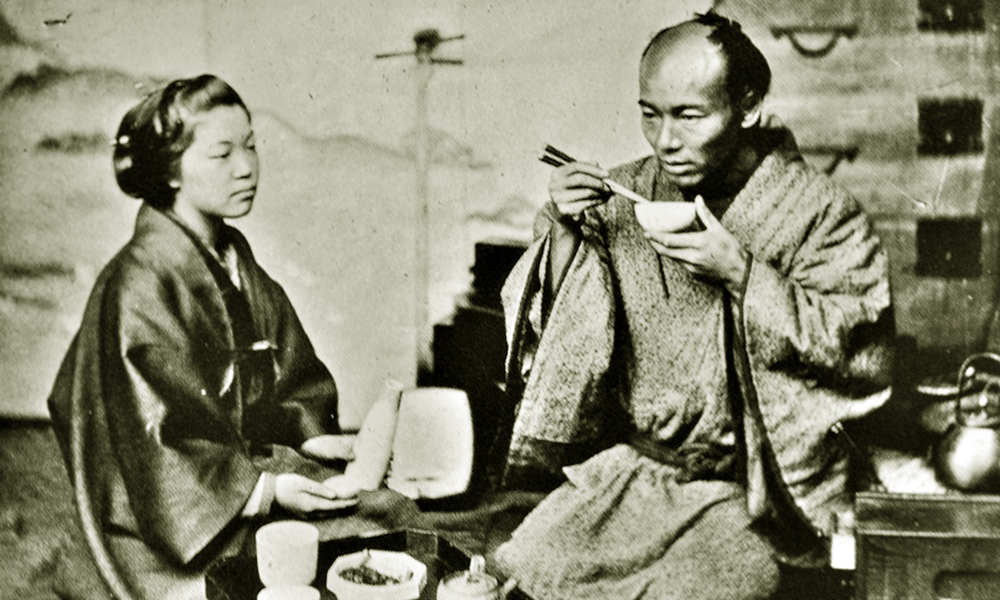
Japanese food is surged in popularity worldwide and is loved for its healthiness. The Japanese food or washoku that we eat now has gone through many changes, yet still keeps some traditional elements.
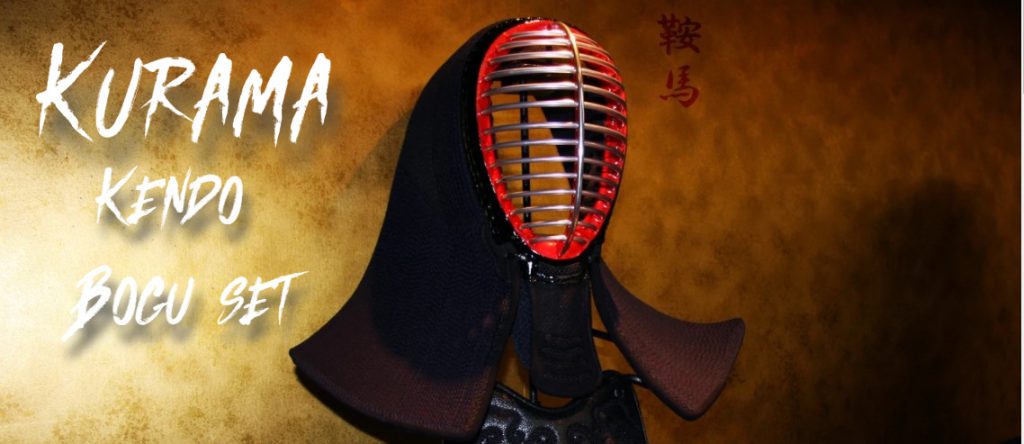
But what about in historical times, when they did not have all the foodstuff we have today? Especially in the Sengoku civil war period when the samurai were very active, what did they eat?
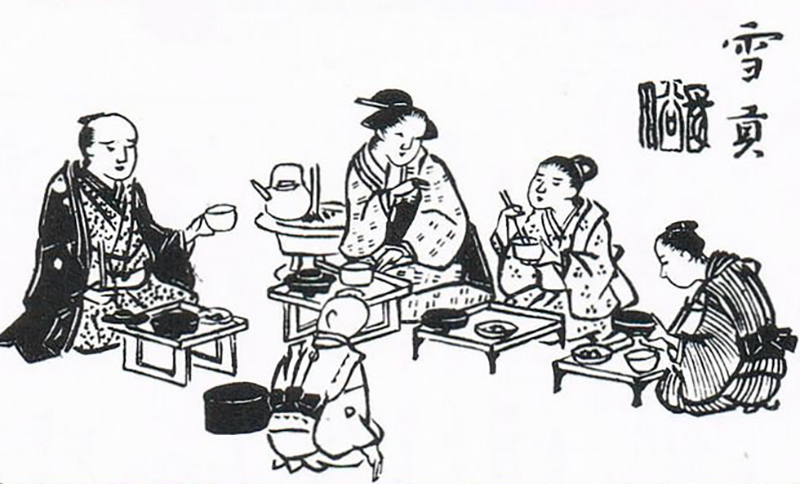
One big difference is that for the staple they ate brown, unpolished rice. More and more people are switching to brown rice today because of its health benefits, but the brown rice back then, unlike the ones today, had not gone through selective breeding and was not that easy to eat. The texture would have not been very pleasant in the mouth. White rice would have been luxury food of the highest level.
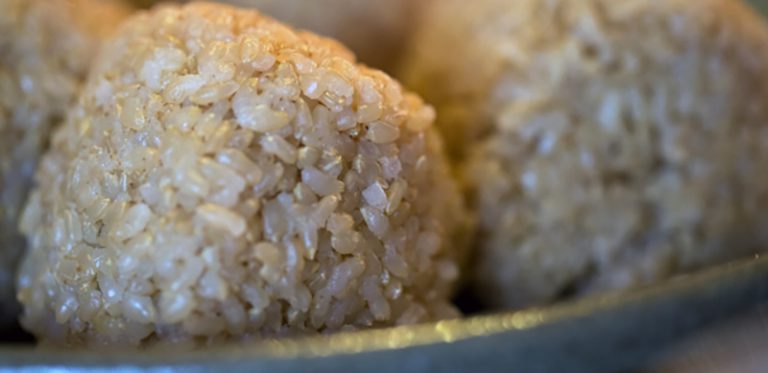
Miso soup was already eaten at the time. Miso is common item today, but during the Heian period miso was considered to be very rare, but by the Sengoku era salt had reached the general public and was produced in large quantity. This led to the spread of miso and soy sauce. Sometimes people would dissolve the miso in hot water and drink it as miso soup, but many people used to chew straight miso.
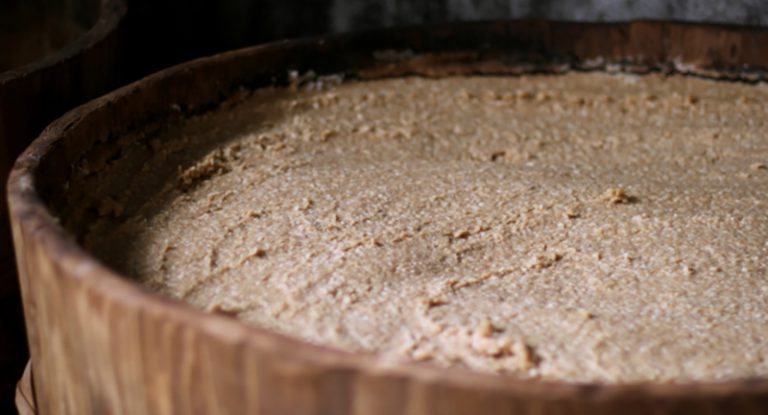
For the side dishes, fish, small birds, vegetables, tofu, natto, and kamaboko were popular. Meet dishes were accompanied with umeboshi, other pickles, and seaweed. This, however, was only for high class samurai – the lord, the senior commander, the samurai general, the head of foot-soldiers, and the magistrate. Even for them, protein foods like fish and small birds were rare treat and did not appear on the plate every day.
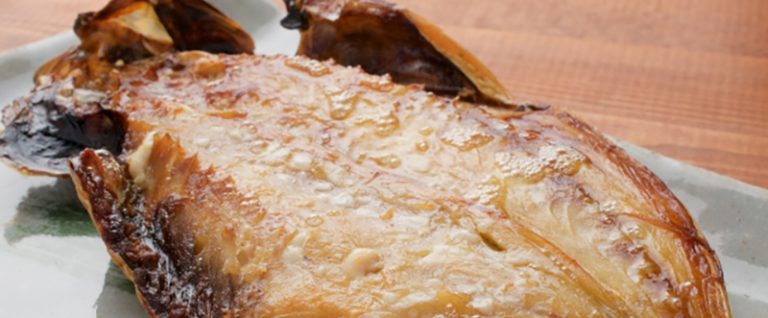
What about the lower class samurai and the peasants? The foot soldiers were but peasants, so they hardly ever ate rice. Their main staples were barley, corm, and millet. They hardly ever had side dishes. Often they would have miso soup in the morning, and just tofu or fried tofu for lunch. Usually back then they only ate two meals a day. Only when soldiers had to protect the castle at night—called “yotsume”—they would have a night meal.
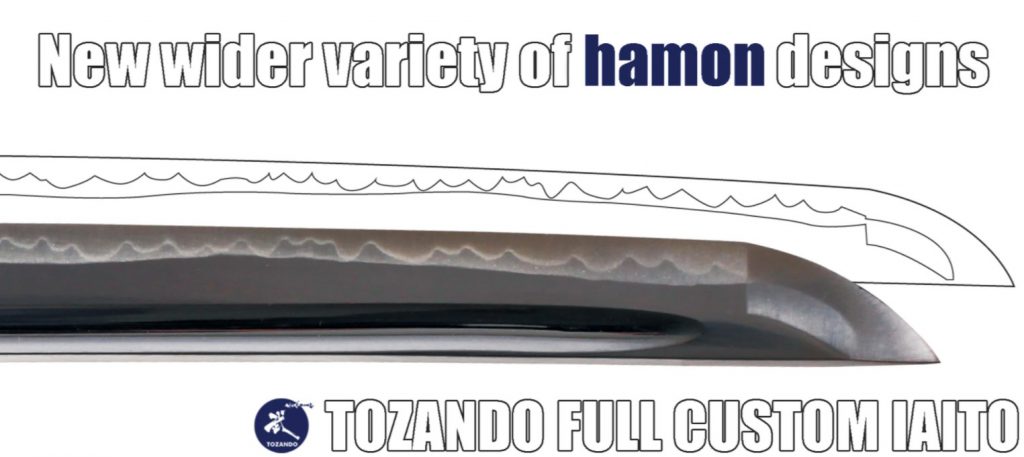
Going off on a slight tangent—even now in Japan there is a superstition that says you will not be able to watch the passing of your parent if you cut your finger nails at night. This is a play on words with “yo-tsume” (public-duty) and “yo-tsume” (night-nails), but the night duty of yotsume was a vital role protecting the castle, so that even if one of your parents were to die that night you would not be allowed to stay beside them.
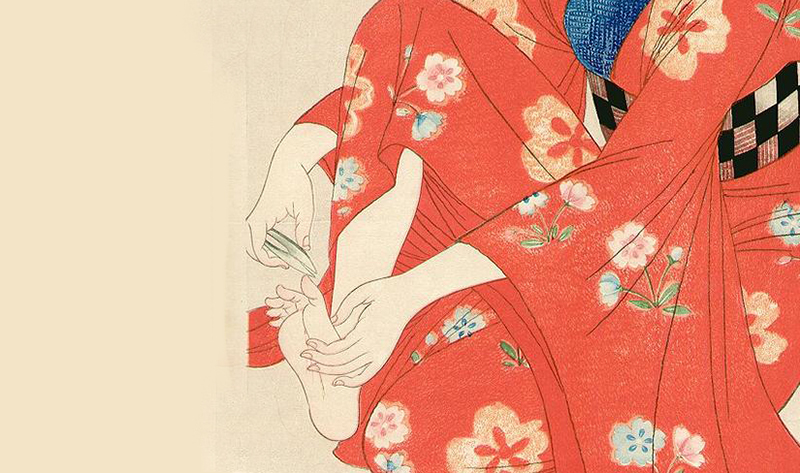
One holding such an important role should not be cutting his nails, so they believed, and only those taking on such a critical duty was worthy of eating at night. The norm of not eating at night, however, was possible because they did not have adequate lighting like we do today, and they avoided using fire after dark

Yet even those lower rank samurai did have the rare opportunity to eat white rice. That was on the battlefield. As they struggled to eat their fill in their daily lives, the battlefield was a special place where they could enjoy a feast.
A typical Japanese breakfast today consists of white rice, miso soup, fried fish and pickles, but this is a kind of menu that only the top ranked samurai and shoguns enjoyed. We should be thankful for the times we live in, and we should happily eat all that is served!
 | Did you like what you've just read? Check this out. |



